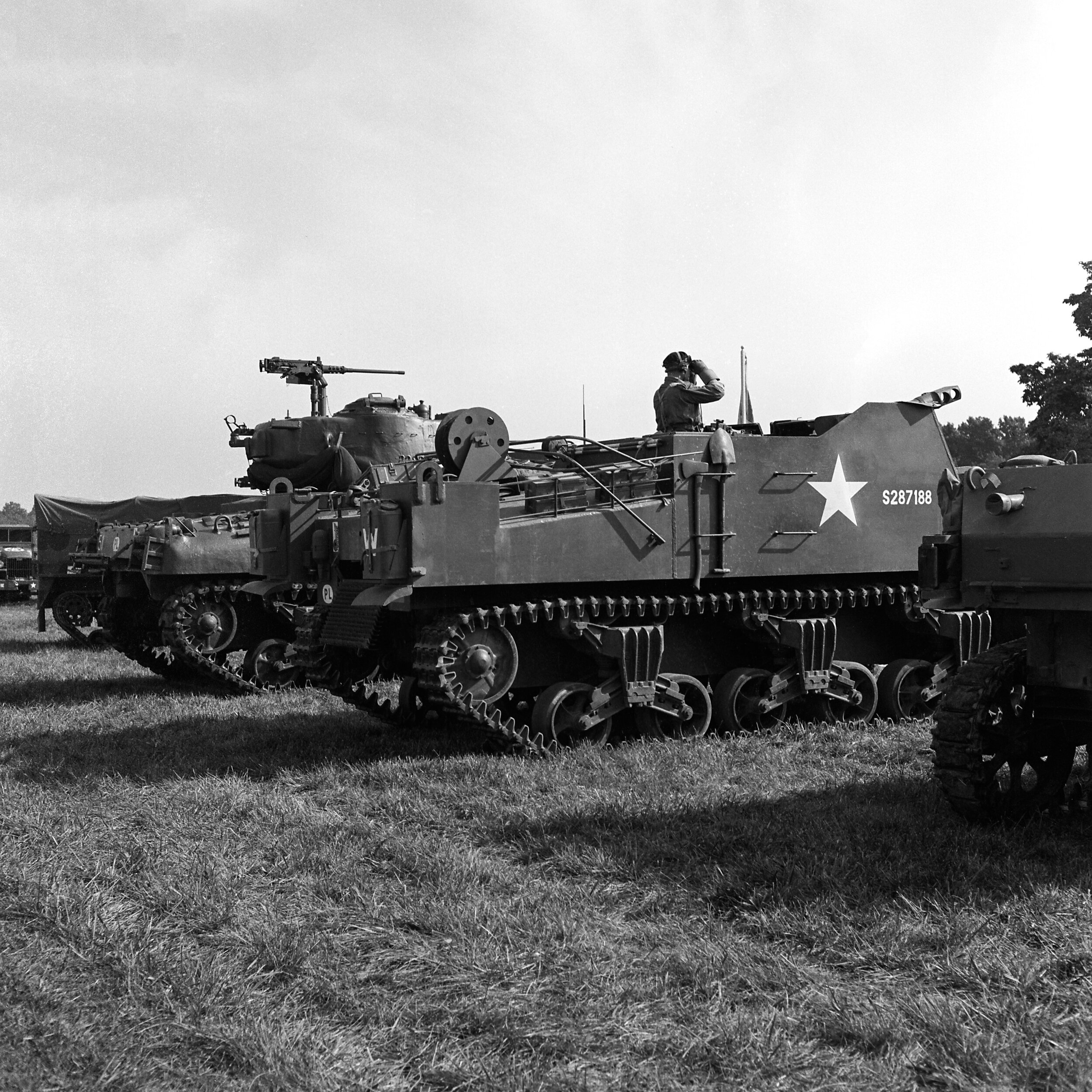Sometimes you just get the urge to get out there and photograph something without having a particular subject in mind. It was a frigid Saturday morning and I was sick of sitting inside, so I grabbed my shoulder bag and stuffed my Mamiya C22 and 65/80/180 mm lenses inside with a roll of T-Max from my film fridge. I didn’t have a destination in mind but I knew I needed to photograph something. After doing a bit of digging online, I settled on Empire State Plaza up in Albany NY. It’s a few hours’ drive for me but the trip reminded me of Ohio where an hour’s drive minimum separated you from the next biggest town. There wasn’t snow on the ground when I left, but about an hour north flurries dashed across my windshield. I was lucky because by the time I reached Albany the snow had subsided and I was in the clear to shoot.
Empire State Plaza is the home of various NY state government agencies and is reminiscent of Rockefeller Plaza in New York. The capital building, pictured above, is quite beautiful. I lucked out by grabbing an ISO 400 film because it was freezing and hand holding the camera was tricky given just how much my hands were shaking. I ended up lapping the plaza to finish off the roll of film, though I had one more exposure left by the time I was finished. I want to make a return trip in the summer months but there’s many interesting buildings in the plaza: a bowl-shaped auditorium, a small plaza cafe, matching “Agency Buildings” which loom over the concourse, a seasonal skating rink, and the NY State Archives opposite the capitol building.
I didn’t do much research ahead of time since this was a spur of the moment trip. I had no idea the ice rink or cafe would be there, but I was thankful for the large hot chocolate I bought to warm up my hands. I tried to focus on the architecture and chasing the available light which was fleeting due to the storm front passing through. Satisfied with the pictures I took and with one shot left on the roll, I ended up dropping by the Martin Van Buren NHP on my way back downstate. The house was closed, and I’ll need to make a return trip when it opens for the season, but I thought the house really stood out amongst the snowy backdrop. I was quite happy with the negatives once I developed them and for an impromptu trip, I couldn’t ask for more.



















































